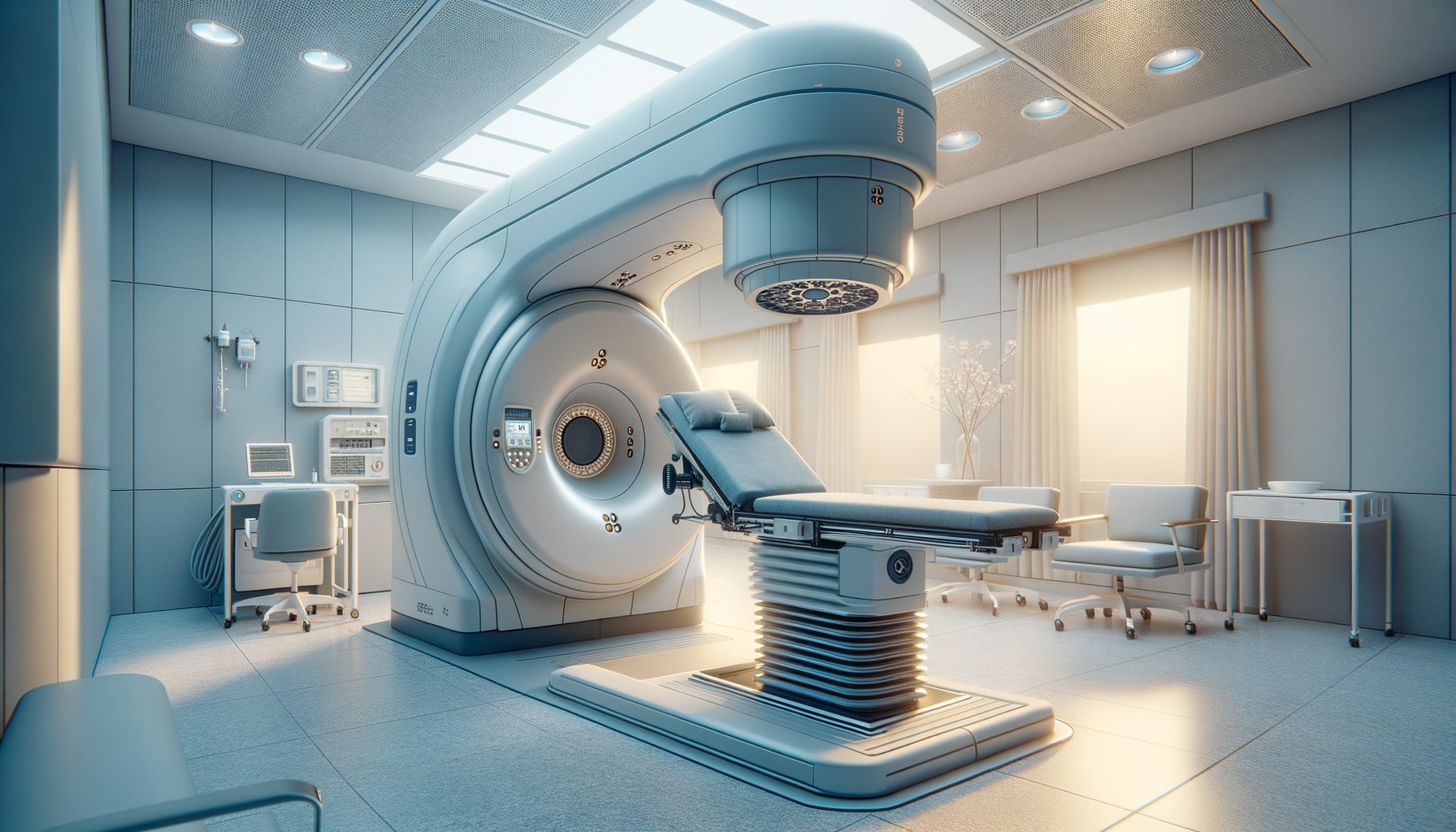Introduction to Radiation Therapy
Radiation therapy, also known as radiation treatment, is a cornerstone in the management of various types of cancer. It employs high-energy particles or waves, such as X-rays, gamma rays, electron beams, or protons, to destroy or damage cancer cells. The objective is to target cancerous cells while minimizing damage to surrounding healthy tissue. This treatment can be used alone or in conjunction with other therapies, such as surgery and chemotherapy, to enhance outcomes. As technology advances, radiation therapy continues to evolve, offering more precise and effective options for patients.
How Radiation Therapy Works
Radiation therapy works by damaging the DNA of cancer cells, which impairs their ability to reproduce and grow. Unlike normal cells, cancer cells are less capable of repairing DNA damage, making them more susceptible to radiation. The treatment is delivered in a series of sessions, allowing healthy cells time to recover between doses. There are several types of radiation therapy, including external beam radiation, which directs radiation from a machine outside the body, and brachytherapy, where radioactive sources are placed inside or near the tumor.
Advancements in radiation technology have led to more precise targeting of tumors. Techniques such as Intensity-Modulated Radiation Therapy (IMRT) and Image-Guided Radiation Therapy (IGRT) allow for higher doses of radiation to be delivered directly to cancer cells while sparing healthy tissue. These innovations have improved the effectiveness of radiation therapy and reduced side effects.
Types of Radiation Therapy
There are several types of radiation therapy, each suited for different scenarios and types of cancer:
- External Beam Radiation Therapy (EBRT): This is the most common form of radiation treatment, where beams are directed at the tumor from outside the body.
- Brachytherapy: Involves placing radioactive material inside or next to the tumor, often used for cancers of the prostate, breast, and cervix.
- Systemic Radiation Therapy: Involves swallowing or injecting a radioactive substance that travels in the blood to target cancer cells, commonly used for thyroid cancer.
Each type of radiation therapy has its advantages and is selected based on the location, size, and type of cancer, as well as the patient’s overall health and treatment goals.
Benefits and Risks of Radiation Therapy
Radiation therapy offers several benefits, including the potential to shrink tumors, alleviate symptoms, and improve survival rates. It can be a curative treatment for certain cancers or used palliatively to relieve pain and other symptoms. Additionally, radiation therapy can be highly effective when combined with other treatments, enhancing their efficacy.
However, like all medical treatments, radiation therapy comes with potential risks and side effects. Common side effects include fatigue, skin changes, and localized hair loss. Long-term effects may include fibrosis, heart or lung problems, and secondary cancers, although these are less common. The likelihood of side effects depends on the treatment area, dose, and the patient’s overall health.
Future Directions in Radiation Therapy
The future of radiation therapy looks promising, with ongoing research focused on improving precision and reducing side effects. Techniques such as proton therapy, which uses protons instead of X-rays, offer more precise targeting of tumors, potentially reducing damage to surrounding tissues. Additionally, advancements in imaging and computer technology are enhancing the ability to map and target tumors with greater accuracy.
Research is also exploring the combination of radiation therapy with immunotherapy, aiming to boost the immune system’s response to cancer. Personalized treatment plans based on genetic profiling of tumors are another exciting development, offering the potential for more tailored and effective therapies.
As these innovations continue to develop, radiation therapy will remain a vital component in the fight against cancer, offering hope and improved outcomes for patients worldwide.




Leave a Reply